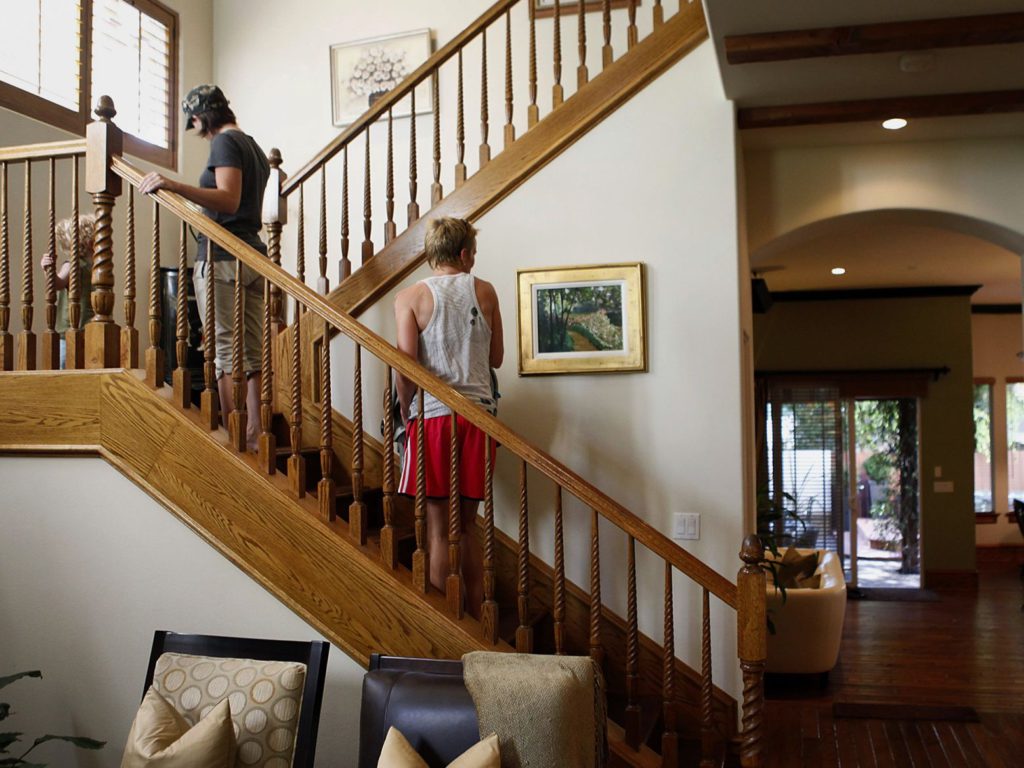Sales of previously owned US homes fell for a 10th-straight month in November, extending a record decline as high mortgage rates continue to stifle affordability.
(Bloomberg) — Sales of previously owned US homes fell for a 10th-straight month in November, extending a record decline as high mortgage rates continue to stifle affordability.
Contract closings decreased 7.7%, the most since February, to an annualized pace of 4.09 million last month, according to data from the National Association of Realtors on Wednesday. The pace of purchases, the second-weakest since 2010, was below the median projection of 4.2 million in a Bloomberg survey of economists.
The drop in sales, which extended the longest string of declines in data back to 1999, underscores how high mortgage rates continue to crimp demand. The ensuing pullback in home prices in some areas paired with high borrowing costs have also kept many Americans from listing their homes, further limiting sales.
“The residential real estate market was frozen in November, resembling the sales activity seen during the Covid-19 economic lockdowns in 2020,” Lawrence Yun, NAR’s chief economist, said in a statement. “The principal factor was the rapid increase in mortgage rates, which hurt housing affordability and reduced incentives for homeowners to list their homes.”
Mortgage rates have since eased from their highs, but they remain roughly double what they were last year. And with more interest-rate hikes from the Federal Reserve expected to be on the way, though, the housing sector will likely remain weak into 2023.
Sales are down more than 35% over the past year on an unadjusted basis, the sharpest annual pullback on record.
Home Construction
Separate data out earlier this week showed the pace of homebuilding is also slowing. New construction of single-family homes dropped to the lowest since May 2020, as did applications to build. And homebuilder sentiment has fallen every month this year.
The number of homes for sale fell to 1.14 million in the month, the NAR data showed. While there tends to be fewer listings of homes in November and through the winter months, Yun said inventory remains near historic lows.
Given the slower sales pace, it would take 3.3 months to sell all the homes on the market, up from 2.1 months a year earlier. Realtors see anything below five months of supply as indicative of a tight market.
The median selling price was up 3.5% from a year earlier to $370,700. That’s the weakest appreciation since 2020.
Properties are remaining on the market for longer — 24 days in November compared with 21 days in October and 18 days a year ago. Some 61% of homes sold were on the market for less than a month.
Digging Deeper
- Sales fell in all regions, including a 12.5% drop in the West to a record-low 700,000 pace
- First-time buyers made up 28% of purchases in November, unchanged from October. However, a separate NAR report last month showed the annual share of first-time buyers was a record-low 26%
- Cash sales represented 26% of total sales. Investors, who often purchase with cash and are therefore less sensitive to mortgage rates, made up 14% of the market, down from the prior month
- Sales of single-family homes dropped 7.6% from a month earlier to a 3.65 million pace, a 12-year low. Existing condominium and co-op sales also declined
- Existing-home sales account for about 90% of US housing and are calculated when a contract closes. New-home sales, which make up the remainder, are based on contract signings, and will be released Friday
–With assistance from Jordan Yadoo.
(Adds graphic)
More stories like this are available on bloomberg.com
©2022 Bloomberg L.P.










